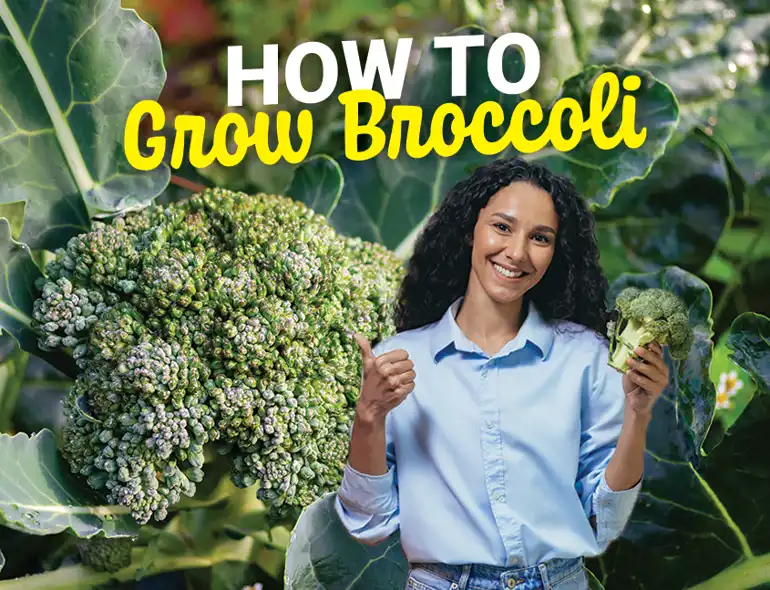Step-by-step guide on how to grow broccoli:
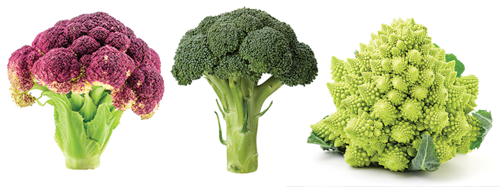
1. Choose the right variety: Research different broccoli varieties to determine which one works best for your growing region and needs. Be sure to select a variety that produces well in your specific climate.
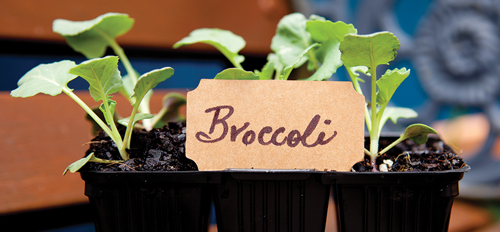
2. Start indoors or directly sow seeds: Broccoli can be started indoors 6-8 weeks before the last frost date or sowed directly outdoors in early spring or late summer.
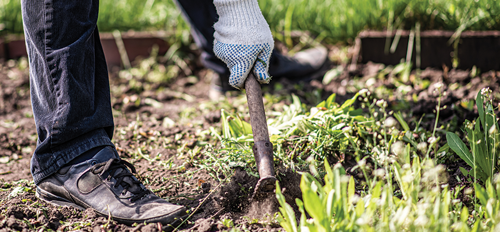
3. Prepare soil: Before planting, make sure to prepare the garden bed by amending it with compost, well-rotted manure, or another organic matter.
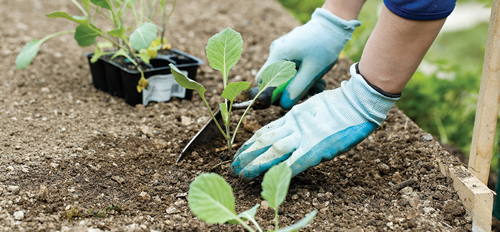
4. Planting: Once the soil has been prepared, plant transplants or sow seedlings at least 18 inches apart from each other in rows that allow enough space for optimal sun exposure. Make sure to mulch around the plants!
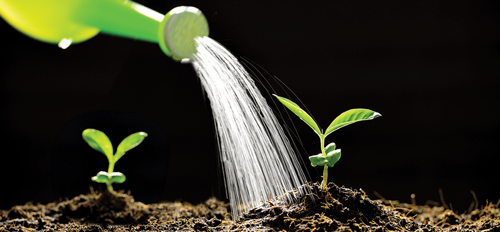
5. Watering: Broccoli needs consistent watering throughout its growth cycle - keep the soil moist but not waterlogged.
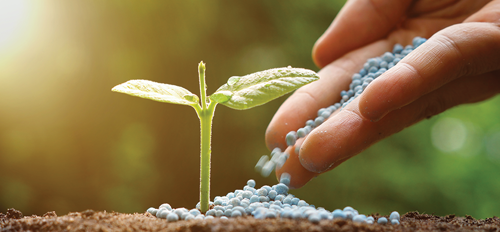
6. Fertilizing: For optimal growth and production of heads - fertilize with a balanced fertilizer every few weeks after first leaves develop until harvest time.
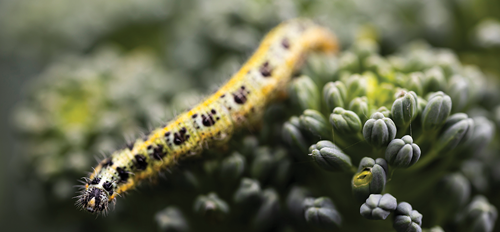
7. Managing pests and diseases: Keep an eye out for common pests like cabbage worms and aphids that can attack your broccoli plants and use natural methods like insecticidal sprays, companion planting, or row covers to keep them at bay. Organic fungicides can also help prevent common diseases such as clubroot or downy mildew.
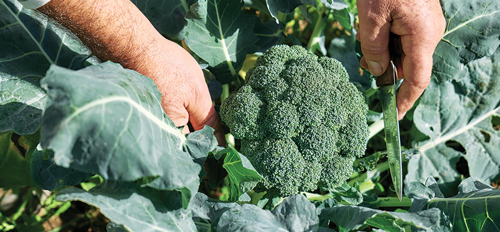
8. Harvesting: Once the broccoli head is full and firm, but not yet starting to open, it’s time to harvest! Cut the stem with a sharp knife leaving around 6 inches of stem in place on the plant. You will be able to harvest side shoots from your plants for several weeks after harvesting your main crop!
9. Overcoming challenges: If you are having issues with heads not forming properly, try making sure your plants are getting enough water and nutrients - stress can cause broccoli heads to “bolt” or go to seed prematurely.
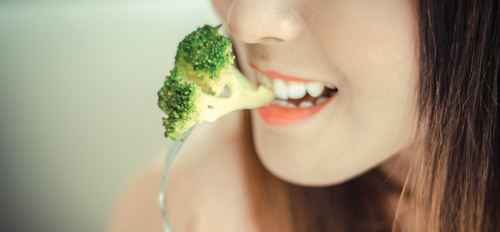
10. Enjoy: There's nothing quite like harvesting fresh broccoli straight from your garden! Enjoy it steamed, roasted, stir-fried, or however you prefer!
Needed Materials to grow broccoli
FoxFarm Ocean Forest Potting Soil
Espoma Garden-Tone Organic Fertilizer
Burpee 72-cell Seed Starting Kit
De Cicco Broccoli, Heirloom Vegetable Seeds
Burpee "Calabrese Green Sprouting Broccoli"
Goliath Heirloom Broccoli Seeds
Viagrow Heavy Duty Plastic Nursery Pots
Neem Oil
Bonide Captain Jack's Copper Fungicide
What is the best way to grow broccoli?
Broccoli is a cool-weather crop that requires fertile soil, consistent moisture, and lots and lots of sunshine to thrive. The best way to grow broccoli is to start off right with some well-prepared soil. You want to ensure it's both rich in nutrients and well-draining.
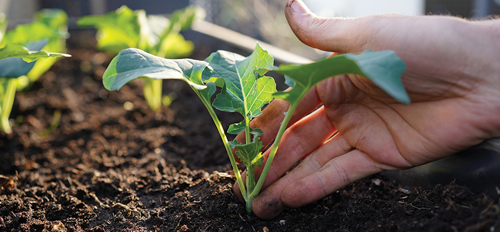
One easy trick I often use is incorporating compost or aged manure into the soil before planting. Broccoli plants should be spaced about 18-24 inches apart (45.72 x 60.96 CM) with rows running north to south for the absolute optimal in sunlight exposure. Once planted, make sure your broccoli gets at least an inch of water each week and don't forget to keep an eye out for any pests or diseases that may threaten your crop!
How long does it take to grow broccoli?
Typically, broccoli takes about 55-100 days from planting to maturity, depending on the variety and growing conditions. However, this doesn't actually mean that your plants will take that long to produce edible florets.
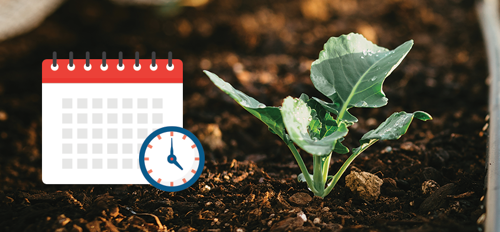
You'll be able to harvest the central head of your broccoli plant once it reaches about 4-7 inches (10-17 cm) in diameter - which usually happens around 60 days after transplanting. And the best part? Once you've harvested the main head, side shoots will continue developing, giving you an ongoing supply of tender and delicious florets for weeks to come!
Are broccoli easy to grow?
The short answer is, it depends. While the process of growing broccoli isn't necessarily difficult one, it does require a bit of patience and some attention to detail. Because broccoli prefers cooler temperatures, it's important for you to time your planting carefully - too early or too late in the season can lead to underwhelming growth and underdeveloped heads that might not meet your expectations.
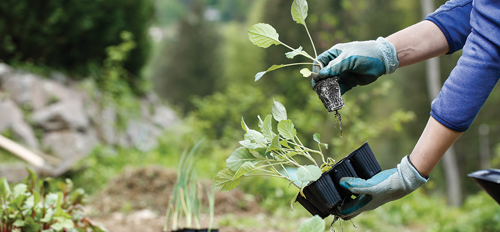
On top of this, broccoli plants require consistent moisture and fertile soil (with good drainage) - neglecting these requirements can result in either stunted growth, pests and diseases or even worse all three! However, if you're willing to put in a little effort and keep an eye on your plants, there's really nothing you can't easily overcome to produce a successful broccoli crop!
How many broccoli do you get from one plant?
The answer, once again, vs going to vary depending on growing conditions and the variety of broccoli (starting to notice a pattern here? I am!) Generally speaking, however, you should reasonably expect to harvest 1-2 central heads from each mature plant.
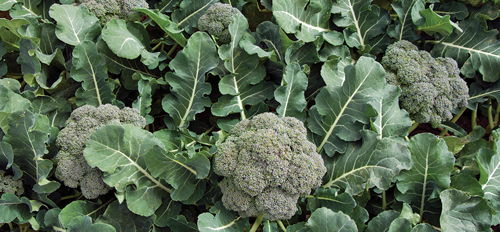
After that, additional side shoots will continue to develop over subsequent weeks. With proper care and a little luck each plant can produce a totally impressive 4 to 6 pounds of broccoli over the course of a season.
Will broccoli grow back after cutting?
Once you've cut the central head of your broccoli plant, it will continue to keep on growing smaller side shoots you can harvest for weeks afterwards. Just ensure you don't wait too long between harvests as these side shoots will become both tough and bitter.
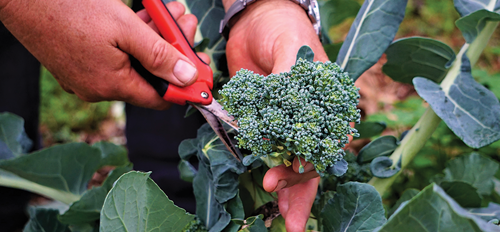
It's also worth noting that some varieties of broccoli are better suited for producing multiple side shoots than others, so make sure to read up on your particular variety before planting!
Broccoli varieties that are better suited for producing multiple side shoots:
- Romanesco: This truly unique variety of broccoli has a distinct spiral shape and has a well earned reputation for producing plenty of delicious side shoots after the central head is harvested.
- De Cicco: This heirloom variety produces small to medium-sized heads but then goes on to grow an abundance of side shoots throughout the season.
- Calabrese: This popular Italian variety will produce large central heads followed by plenty of side shoots that can be harvested continuously through the growing season.
- Green Goliath: As you might have guessed from the name, this hearty hybrid variety produces large central heads but then also continues to produce smaller florets on the side well into the season.
All of these varieties can give you some great options for harvesting a plentiful crop of broccoli from your garden!
What is the best month to plant broccoli?
Timing is everything when it comes to planting broccoli! This cool-weather crop prefers temperatures between 60°F and 65°F (15°C to 18°C ), the best time to plant broccoli is during the spring or fall. In many areas, this means planting somewhere between late February to the middle of April for a spring harvest, and late August to the middle September for a fall harvest. If that's an option for you, many gardeners actually prefer planting in the Fall as Spring weather can be somewhat unpredictable.
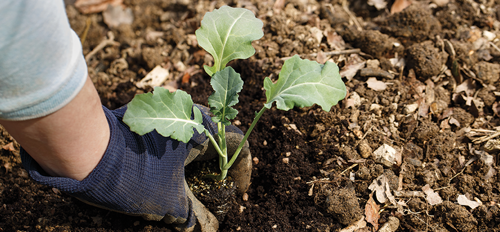
The most important thing is simply to avoid planting your broccoli during periods of hot weather. High temperatures can cause growth problems and encourage pests and disease.
Does broccoli need a trellis to grow?
The answer is, not usually. Unlike vining plants (such as tomatoes or cucumbers) that require support to grow vertically, broccoli typically has thick, sturdy stems that provide more than adequate support for their compact heads. However, if live in an area where you're dealing with heavy rainfalls or strong winds in your growing area, a trellis may be helpful in keeping your broccoli plants upright to avoid damage from the elements.
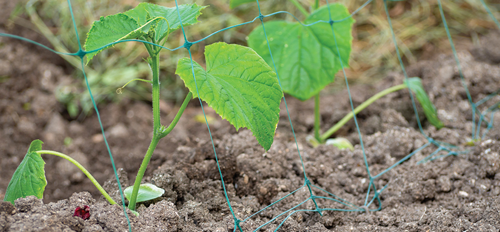
Alternatively, you could go for lighter materials (such as netting or mesh covers) that help to provide some wind protection while not adding any extra weight of a full-on trellis structure. So while a trellis isn't necessary for growing broccoli, hey, there's nothing wrong with having a few little tricks up your sleeve in case conditions call for some additional support!
Can you grow broccoli in pots?
No garden bed? No worries...you can still grow broccoli in a pot! The key is to this is to choose a container that's at least 12 inches deep and wide, with good drainage holes to prevent waterlogging. Pick a potting soil mix that's enriched with enough nutrients and organic matter to support healthy growth. Since broccoli likes cooler climates, we recommend to placing your container in an area that receives partial shade during hot summer months.
Pots tend to dry out faster than garden beds, so keep up with watering and fertilizing regularly throughout the growing season. With some TLC and attention to detail though, you can successfully grow tasty heads of broccoli even without having access to a bountiful backyard garden!
Why won't my broccoli grow heads?
Woe is the gardener who's been waiting for weeks, only to discover that their broccoli plants are still without those coveted heads, am I right?!
So why won't your broccoli grow heads? There are a few possible reasons.
Broccoli plants require full sun exposure to develop properly - so if they're not getting enough direct sunshine, it may potentially be stunting their growth.
Another possibility is fluctuations in soil moisture levels: broccoli needs consistent moisture, but also requires good drainage to avoid oversaturation and root damage. Pests and disease can also play a significant role in inhibiting head development - take any measures necessary against common culprits like cabbage worms or aphids.
Bad timing, that's all?: Lastly, if you planted your broccoli during a particularly hot season or planted the wrong variety for your climate zone, you may need to rethink things on the next go around.
How do you grow broccoli in Canada?
Living north of the border and looking to grow broccoli? That's great because with broccoli being a cool-weather crop, it tends to fare well in regions with short summers. In Canada, this means that the best time to plant broccoli seeds or transplants is usually during late spring when temperatures have warmed up but before the summer heat sets in.
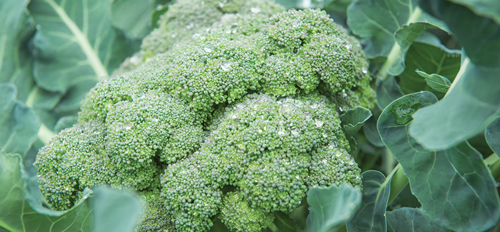
Choose a sunny location with fertile soil and ample drainage for your plants - be sure to mulch around them too, as this helps retain moisture while regulating soil temperature. Water your broccoli regularly (aim for about an inch of water per week) and keep an eye out for pests like aphids or cabbage worm caterpillars that might prey on your foliage. Oh Canada, we stand on guard for broccoli!
What makes broccoli grow faster?
Are you in a rush to see your broccoli grow? I hear that! And guess what there are a few tricks that just may help speed up the process!
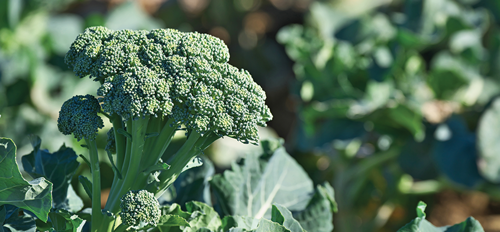
As mentioned above, broccoli loves full sun exposure - but to expand on that, make sure your broccoli is getting at least six hours of sunlight each day. In cooler regions, you can also try covering your plants with a clear plastic sheet or cloche slightly elevated from the soil to create a mini greenhouse effect that maintains warmth and humidity.
Providing enough nitrogen-rich fertilizer helps to encourage faster plant growth (and development of larger heads as a bonus). Regularly watering your plants without overdoing it should keep them healthy and happy while avoiding stunted or slowed growth.
Last but not least, start off on the right food by choosing fast-maturing broccoli varieties such as 'Early Dividend' or 'Green Goliath' to cut down on overall growing time compared to slower cultivars like Romanesco broccoli. Of course, gardening isn't an exact science- but implementing these tips might just be the greens keeper's equivalent of giving your plants a turbo boost!
What do you feed broccoli?
If you've ever wondered what kind of food broccoli enjoys on its plate, the answer is relatively simple - fertilizer! Like any other plant, broccoli relies on a steady supply of nutrients to promote healthy growth and development. You'll want to start feeding your plants with an all-purpose vegetable fertilizer as soon as they have a few sets of true leaves.
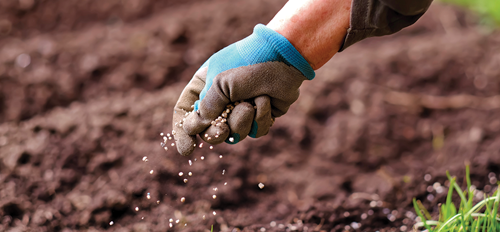
One helpful trick is to side-dress your plants with additional fertilizer once they're about three weeks old to help bolster their nutrient intake. Another important nutrient for broccoli is boron - which helps support good head development and flowering - so make sure that your soil has adequate levels before planting. Alternatively, you could also incorporate some compost or aged manure into the soil prior to planting to give your broccoli a nutritional boost from the get-go.
And there you have it -friends, (hopefully) everything you ever needed to know about growing broccoli! We have full confidence from here you'll be able to produce a bountiful harvest of this delicious and nutrient-rich veggie!
Do you have some hot tips of your own when it comes to growing broccoli? We'd love to hear from you! Leave us your best broccoli-growing tips in the comments below. And if you enjoyed this article on how to grow broccoli, we'd be so thankful if you'd follow us on TikTok, Facebook, Twitter and Instagram - or better yet: subscribe to our newsletter. Happy gardening!


